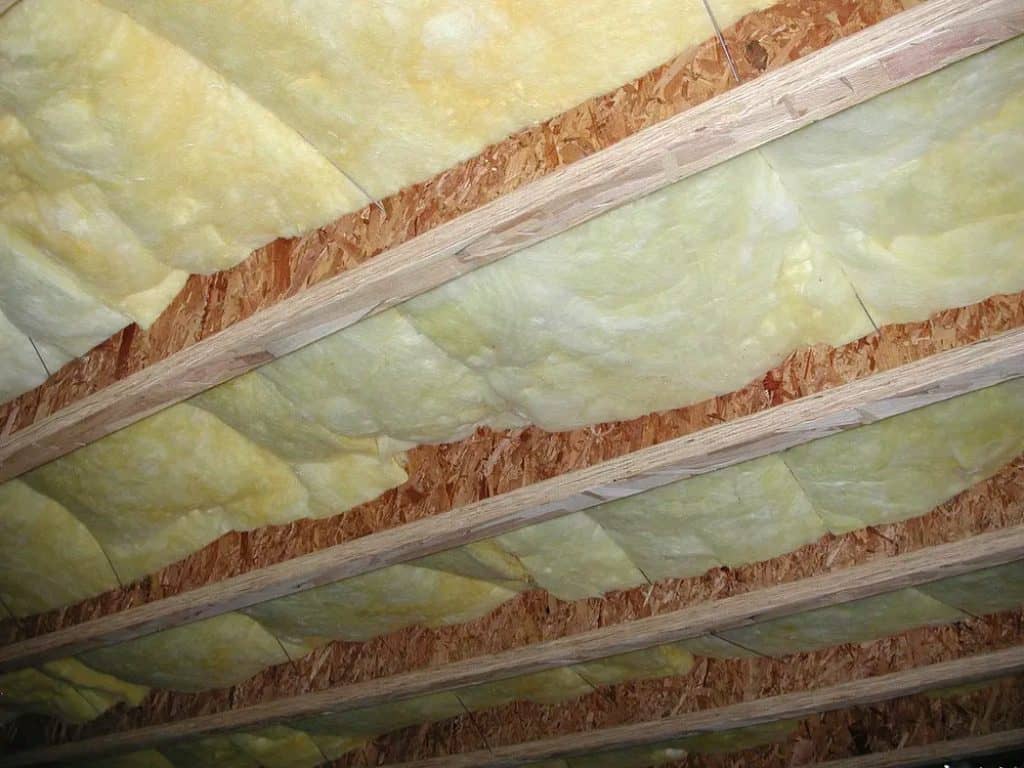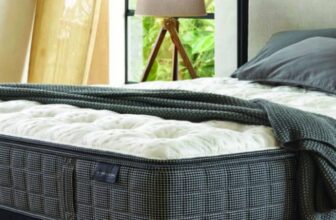R11 Vs R13 Insulation – What’s The Difference?
One of the main things you’ll have to think about when building a new home or renovating an old one is insulation.
No matter how nice your house looks or how cozy it feels, the life inside will be anything but comfortable without proper insulation.
However, those who are encountering the home insulation process for the first time often find themselves overwhelmed.
Terms and nomenclature used to describe different types and levels of insulation can be somewhat confusing.
At the same time, it’s extremely important to get this right and choose the right insulation for your needs, particular parts of the house, and the climate area you live in.
How well the insulation works is commonly expressed by R-levels, which indicate insulation effectiveness and its thermal resistance.
Below, I’ll compare R11 vs R13, two rather common insulation types, and explain when each of them should be used.
So, let’s dive in!
Table of Contents
What Is R11 Insulation Used For?
The R11 insulation is relatively thin and commonly not as dense as some of the higher value insulation types.
The R-value ranges from 1 to 60 or more, so, R11 is obviously fairly low.
In most cases, R11 insulation is about 3 – 5 inches thick, depending on the type and brand.
It comes in fiberglass batts and rolls, rigid boards, or reflective foam.
As it is rather thin, R11 is almost solely used for interior walls.
Compared to exterior walls, which separate indoors from outdoors, walls inside the house, whose role is to divide rooms, don’t need as much insulation.
The temperatures in different rooms are almost the same and there’s only a minor heat loss.
Because of these, there’s little need for insulation thicker than R11.
Rarely, R11 can be used for exterior walls, but only in areas with a mild climate and relatively stable temperatures throughout the year.
What Is R13 Insulation Used For?
Commonly 4- 8 inches thick, R13 insulation offers a bit more insulation than R11 and has a somewhat wider scope of application.
It mostly comes in form of a fiberglass batt, similar to a blanket, which is used to fill cavities in walls, floors, and ceilings.
Just like R11, it is mostly used for interior wall insulation.
However, in regions with a moderate climate, it can be applied to outside wood frames and it’s the thinnest outside insulation recommended by the United States Department of Energy.
Still, remember that it won’t be of much use in freezing temperatures.
Besides thermal insulation, R13 also works very well to absorb sound which is particularly important for interior walls.
The NRC (Noise Reduction Coefficient) of R13 insulation is at around 90%. Also, this type of insulation is great for managing moisture.
R13 helps minimize condensation and prevents mold development and other moisture-related issues.
R11 Vs R13 Insulation – What’s The Difference?
The main difference between R11 and R13 insulation is thickness, as the former is 3-5 inches thick, while the latter is in the 4-8 inches range.
Because of this, R11 offers only minimal insulation, while R13 provides a moderate insulation level and is more suitable for exterior use.
This means that, at the same volume used, R13 will provide greater performance.
Of course, as it is thinner, R11 is sometimes more suitable for filling tight spaces inside walls and can be layered up for better performance.
You always have to consider the R-value of the entire house, as sometimes R11 will be more than enough for good interior insulation.
In addition to better heat regulation, R13 also has an advantage over R1 when it comes to sound insulation.
As both types are mostly used for interior walls, R13 will provide more privacy for people in different rooms of the house.
What Does R-Value Mean?

The R-value is a coefficient used for measuring the thermal resistance of a particular type of material.
Its main use is to indicate the resistance of certain insulation to conductive heat flow or its movement through solid materials.
Materials with higher R-values will be more effective as thermal insulators than those with lower ratings. R-value is calculated per inch of length of a particular material.
This doesn’t only apply to common insulation materials such as fiberglass, foam, or polystyrene.
Every material that prevents heat conduction has its R-value, including glass, wood, stone, or drywall.
For example, solid wood has an R-value of only 1, but a three-inch-thick wood board is R3.
So, the biggest factor in determining the R-value of a material are its thickness and density.
This measurement helps determine how much insulation is needed for a certain home and how thick it should be to provide maximum effectiveness.
What Are The Highest And Lowest Insulation R-Values?
As I already explained, each construction material has its own R-value and it can be as low as 0.03 which is the R-value of glass.
However, materials used for insulation commonly don’t go below R10, which indicates very thin material with a relatively low ability to insulate against heat.
This is the insulation that is typically 3 inches or thinner and has a fairly limited scope of use.
The highest R-value you may find when shopping for insulation is R60.
This is very thick insulation that can successfully work even in extreme weather conditions.
A fiberglass batt with an R60 value is between 20 and 26 inches thick, so it’s not always easy to fit and is more expensive than other types of insulation.
Conclusion
Choosing the right insulation will make life inside your house much more comfortable, increase the durability of your home, and cut the yearly maintenance costs.
The right R-value is essential and you should carefully consider all the factors before making a decision.
Although the highest R-value will provide the best insulation, this doesn’t necessarily mean that it’s the right fit for your home or some of its parts.
Sometimes, the lower R-value will contribute more to energy efficiency and work better to create a comfortable living space.
Of course, you should remember that insulation materials can’t do all the work by themselves and that you should pay attention to moisture control and air sealing to get the most out of the insulation.



















































































